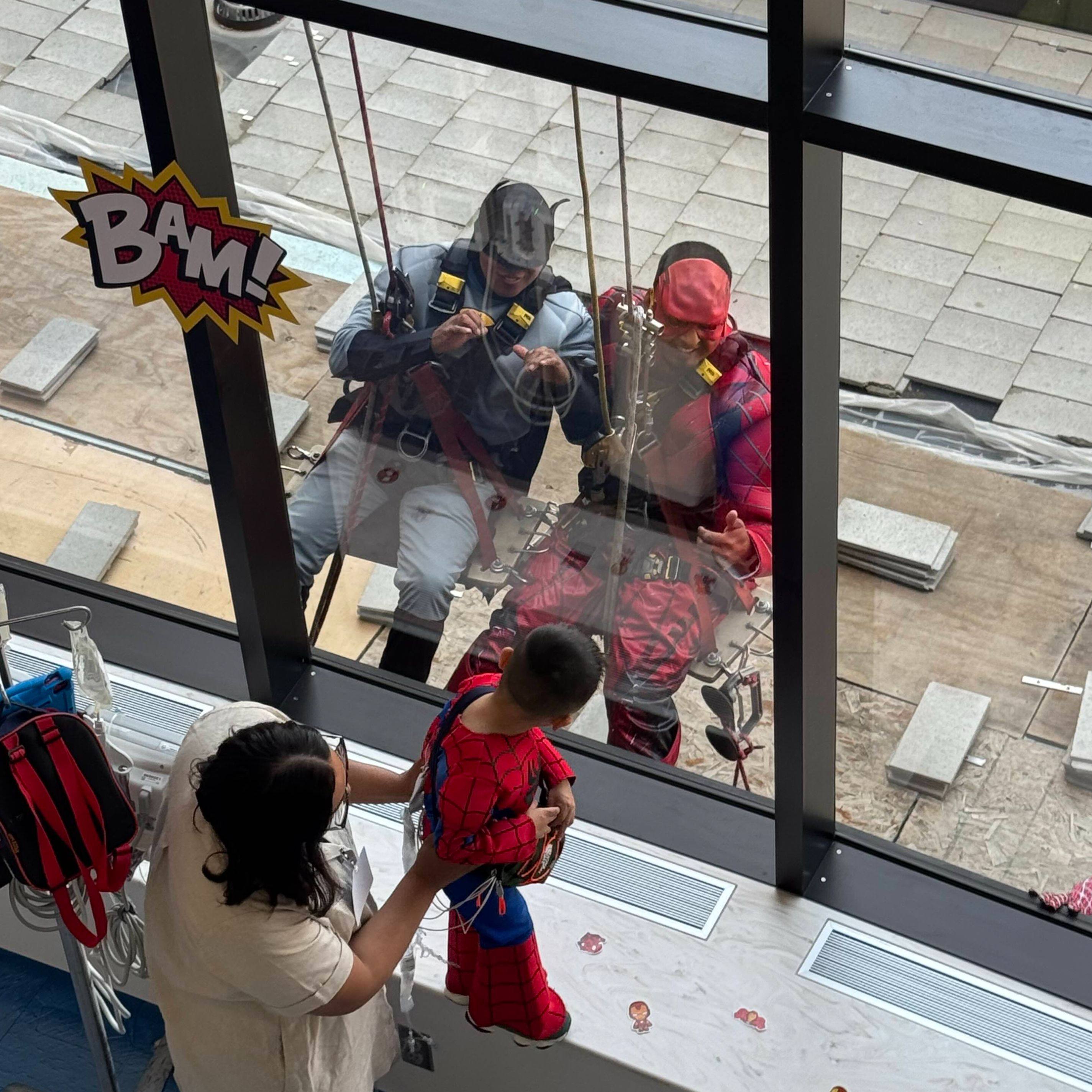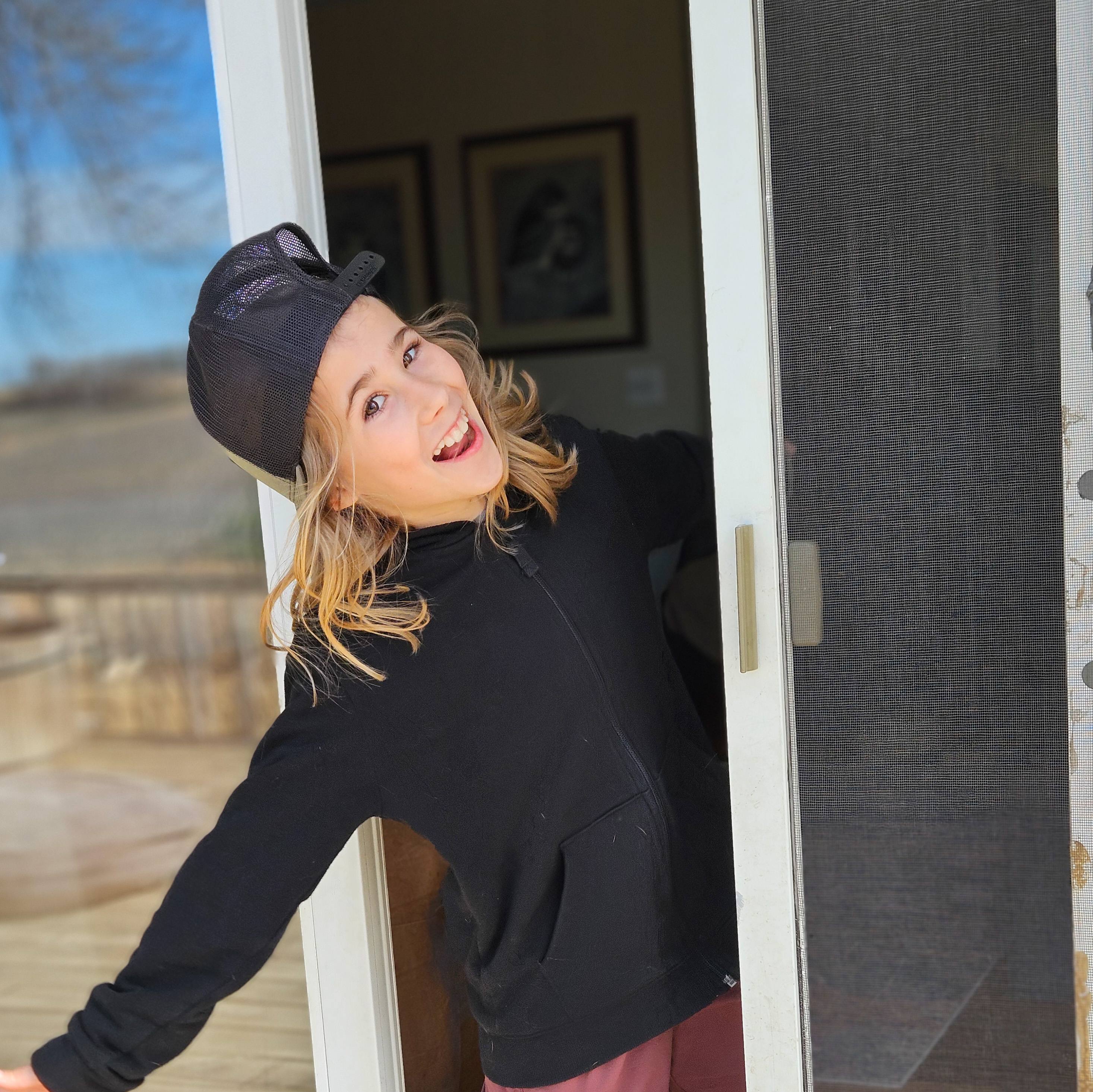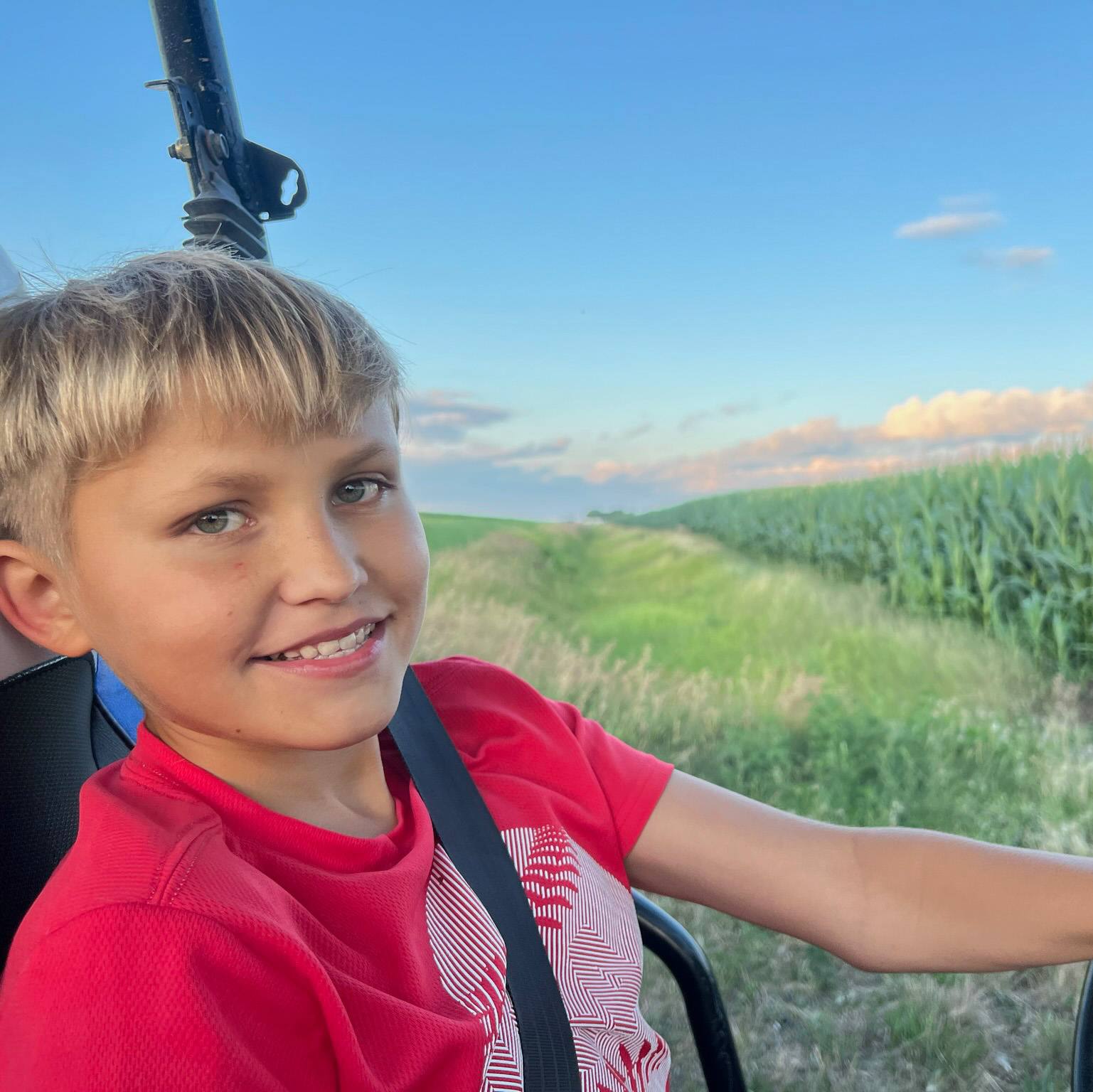DEAR MAYO CLINIC: As the result of a sports injury, my 16-year-old daughter has chronic pain that has lasted for more than a year. It is really taking a toll on her. The pain makes it hard for her to go to school and to do the activities she enjoys. Medication doesn’t make much difference. What can we do? Is there a chance the pain will go away with time?
ANSWER: Your daughter’s pain may fade over time. While she has pain, though, it is important for her to find ways to manage it. A cure may not be possible, but there are many strategies that can help her get back into life.
Pain usually comes from illness, injury or surgery, and it goes away as our bodies heal. This type of pain is called acute pain. Chronic pain is different. It is generally defined as daily pain that lasts more than three months. Chronic pain may continue after an injury or illness has passed. It may come from a medical condition that is hard to treat. Sometimes chronic pain may not have any clear source.
Many children and teens have chronic pain. In fact, the condition is more common in children than adults. As in your daughter’s situation, many of them are not able to go to school regularly, and they are not living the lives they want to live.
It may seem to make sense that staying home to rest will ease pain. However, withdrawing from school and other activities can actually make chronic pain worse. Being isolated may bring on feelings of loneliness and sadness. Staying home can contribute to irregular sleep, lack of routine and low activity. All of these can increase pain. Going to school can get your daughter back into a daily routine. It may help her reconnect with friends. School can give her something to focus on other than the pain.
In addition to getting back to school, there are a variety of other steps your daughter can take to ease pain. Relaxation techniques, such as meditation and deep breathing, can be effective. Many people also find yoga to be a helpful way to reduce chronic pain.
Although the thought of exercising may seem impossible to someone dealing with chronic pain, regular activity can be a useful way of managing the pain. Exercise causes the body to release natural painkilling chemicals, called endorphins, which can take the edge off pain. Exercise also strengthens muscles, increases flexibility and lowers stress hormones.
Eating well can make a difference, too. A healthy diet can increase your daughter’s energy and help her stay at a healthy weight. That aids in pain management since shedding extra pounds can lower stress on muscles and joints and increase flexibility. Encourage her to drink plenty of fluids, too. Being dehydrated can make pain worse. Drinking eight or nine glasses of non-caffeinated beverages or water each day is a good goal.
You mention that medication does not decrease your daughter’s pain significantly. That is common. Medications used for acute pain, such as narcotics, usually don’t help chronic pain. Medications can play a role in managing chronic pain. But many people who have chronic pain don’t get much relief with medication alone. For most people, the lifestyle choices they make and what they do each day does more to lower chronic pain than medication.
For guidance putting these and other pain management steps into practice, consider a pain rehabilitation program for your daughter. Talk to her health care provider about programs that may be available in your area. Many medical centers offer pain programs specifically for children and teens. The medical professionals who work in pain rehabilitation are trained to help people with chronic pain learn techniques to manage pain and return to normal life. — Barbara Bruce, Ph.D., L.P., and Tracy Harrison, M.D., Pain Rehabilitation Center, Mayo Clinic, Rochester, Minn.
Related Articles







